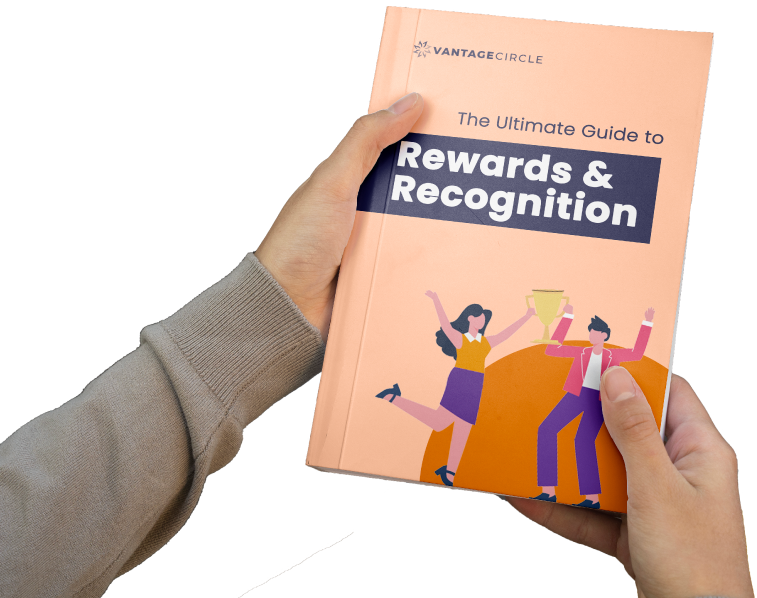The Netflix of HR: Creating Hyper-Personalized Employee Experiences

A Global Employee Recognition and Wellness Platform
Imagine opening your company’s HR platform but with a slight impactful twist. You find career pathways, policies, and learning opportunities curated just for you.
Sound similar? If not, then that is how Netflix recommends your next binge-worthy show.
They personalize it in a way that helps you navigate the things that you are interested in. And no, it is not a futuristic vision, it's already a reality.
In that similar manner the idea of “Netflix of HR” captures the emerging trend towards hyper-personalized employee experiences. This is powered by AI, people analytics, and advanced HR technologies.
The present era of employees expects personalized and seamless access to resources that align with their needs.
This expectation is not unfounded. As of Q2 2025, only 47% of employees strongly agree they know what is expected of them at work, and merely 28% feel their opinions count—highlighting a growing disconnect that personalization helps bridge. (Gallup.com)
To shed light on how organizations can deliver in this new era of personalization, we draw inspiration from the perspectives shared by Andreas Bin-Mir, a globally seasoned HR transformation architect.
With extensive experience across the Middle East, APAC, the Americas, and Europe, his insights highlight why hyper-personalization in HR has moved from a trend to a strategic necessity.
The conversation underscores that personalization is not just about efficiency—it’s about creating meaningful, human-centered experiences that align employee aspirations with organizational goals.
1. What Does ‘Netflix of HR’ Really Mean?
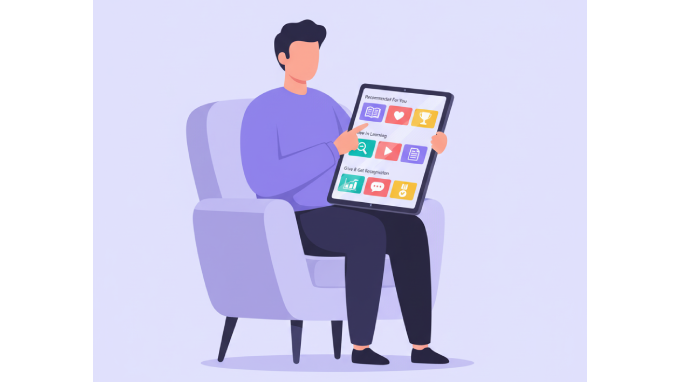
“Netflix of HR,” may sound like a catchy buzzword but it goes deeper.
Just as Netflix uses data and algorithms to recommend shows based on individual preferences, HR is now using the same principles. It is used to hyper-personalized employee experiences to each person’s needs, role, and career journey.
The one-size-fits-all approach has become outdated. You need to come up with something fresh that fits the current workforce.
Employees today expect frictionless access to things like company policies, learning opportunities, or career pathways.
Hyper-personalization ensures that an employee working in customer support can instantly find resources relevant to their role.
While a manager looking for leadership development opportunities sees tailored content aligned with their growth.
This reflects a trend that employees want to be treated as individuals with unique goals. To put things in perspective, only 1 in 4 U.S. employees strongly agree their organization cares about their overall wellbeing—a signal many don’t feel “seen” as people. (Gallup)
The response to this? Hyper-personalization that makes employee experience seamless, relevant, and human-centered.
“Netflix of HR” isn’t about entertainment—it’s about transforming HR into a platform that continuously learns about employees and delivers the right support at the right time.
2. The Role of AI and Data in Personalization
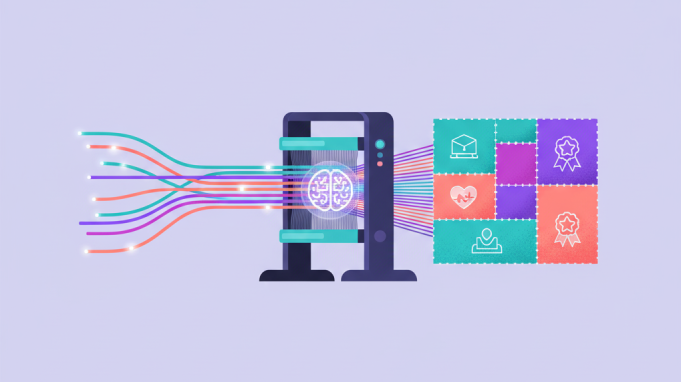
Data has always been the core of HR transformation. Whether during SAP implementations 15 years ago or with today’s AI systems. Personalization in HR will be strong with the correct data driving it.
The only difference? Scale and intelligence that AI brings.
Why data matters
-
Data helps HR systems recognize individual employee needs.
-
It enables HR to deliver relevant policies, training, and opportunities without employees having to search endlessly.
-
With the right data, employees experience HR as a frictionless, intuitive system, much like personalized apps they already use in daily life.
AI’s contribution
-
AI takes personalization further by predicting what employees might need next—be it learning modules, internal job opportunities, or wellbeing resources.
-
Algorithms can recommend growth pathways just as Netflix suggests the next show, ensuring every interaction feels tailored.
This creates faster, smarter, and more engaging employee experiences.
📊 A study by Deloitte highlights that 79% of executives expect Generative AI to transform their organizations within three years, underscoring the growing reliance on AI in shaping HR strategies. (Deloitte).
3. Ownership and Governance in Personalization
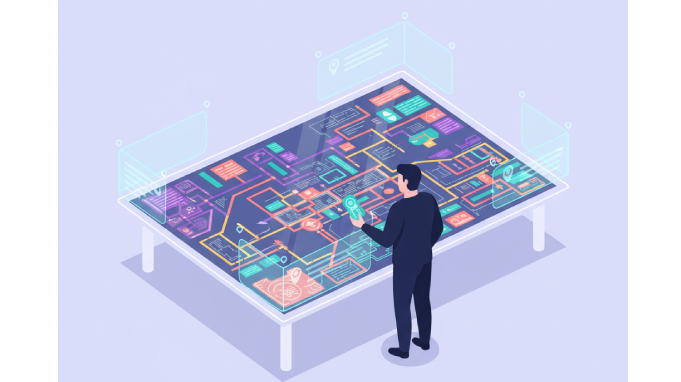
Who owns the personalization agenda—HR or IT?
This is a question that often arises.
However, both departments play critical roles. But ownership alone doesn’t guarantee success.
The thing that matters most is clear governance.
Key takeaways on ownership:
-
In some organizations, IT leads digital transformation.
-
In others, HR takes the lead in shaping employee experiences.
-
Either way, the success of personalization depends on alignment across leadership teams.
Why governance matters:
-
Senior sponsors must define who decides what and who delivers what.
-
Cross-functional clarity prevents projects from stalling in confusion.
-
Governance creates accountability, ensuring that personalization stays tied to business outcomes.
📊 Research from Gartner shows organizations that implement open-source change strategies are 14 times more likely to achieve change success. (Gartner Research).
4. Impact on Careers and Internal Mobility
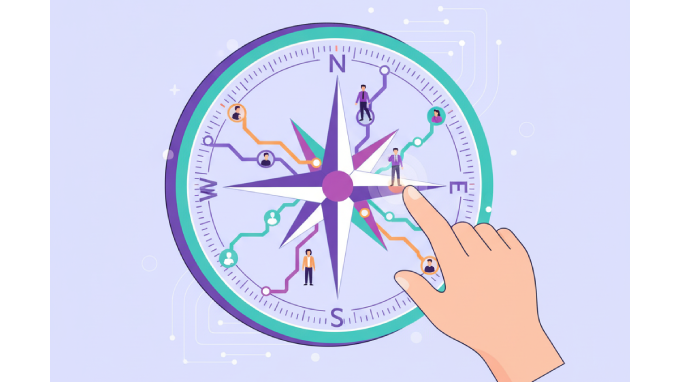
Hyper-personalization has a profound impact on how employees grow, learn, and move within organizations. You can say that it is more than a smoother HR interface.
Career visibility
-
When systems are personalized it provides employees with a clearer line of sight into career pathways.
-
With personalized systems employees can see specific opportunities aligned with their skills, experiences, and aspirations. This reduces guesswork and helps employees take ownership of their career journeys.
Learning consumption
-
With traditional learning systems the options are generic. This can overwhelm the employees in the long run.
-
However, with AI-driven personalization, employees are provided targeted content and training. Through this they can align it with their career stage and future goals.
-
In the long run, this saves tremendous time and fosters a culture of continuous learning.
Engagement boost
-
Employees feel seen and valued when you provide them with a hyper-personalized experience.
-
When development is personalized, it creates a sense of investment from the company. This strengthens loyalty and productivity at the same time.
-
Employees who feel that their organization actively encourages them to acquire new skills are 47% less likely to be actively looking for other job opportunities. (Gallup).
HR’s evolving role
-
With personalization handling routine guidance, HR professionals can shift from administrative tasks to strategic roles.
-
This allows HR to spend more time advising leaders, shaping policies, and supporting business transformation.
-
The role of HR is evolving from controlling career paths to empowering employees with the resources and opportunities needed to shape their own professional journeys.
5. Advice for HR Leaders Starting This Journey

As an HR leader, the idea of hyper-personalization can feel exciting. However, it can be overwhelming as well at the same time.
The big question is- where should you begin? Below is some clear guidance on how to approach this transformation.
Start with the business case
-
Initially, don’t begin with technology—begin with outcomes.
-
Define the benefits you want to achieve. It can include things like higher engagement, stronger career mobility, better retention, or improved productivity.
-
Once outcomes are clear, align them with decision-makers and stakeholders. This creates direction and ensures recognition of HR’s value.
Adopt a test-and-learn approach
-
Today’s HR technology ecosystem is vast, with more vendors and solutions than ever before. Pick the one that’s the best fit for your culture and existing systems.
-
Instead of waiting for the “perfect” tool, start small. Pilot solutions, experiment with use cases, and adapt.
-
This agile approach helps organizations learn quickly and refine what works best for their people.
Treat it as a transformation, not a tool
-
Hyper-personalization is not about plugging in software and walking away.
-
It requires rethinking processes, operating models, and service delivery.
-
Change management must be central, ensuring employees, managers, and HR teams understand and embrace the shift.
📊 Based on findings from a study, organizations implementing HR technology solutions like Applicant Tracking Systems (ATS) and Human Resources Information Systems (HRIS) have experienced a 47% boost in productivity. (Source)
6. Busting Myths Around Personalization
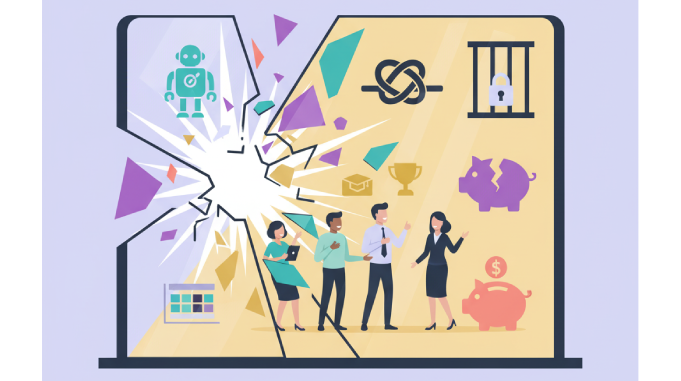
Hyper-personalization in HR is new and might be surrounded by myths that hold organizations back. One common challenge which we drew from the conversation was: believing that technology alone is enough.
There are certain other myths highlighted in the conversation.
Myth 1: “A new tool will solve everything”
HR teams in majority assume that selecting and implementing the right platform is enough.
However, in reality, technology is only the starting point.
The real challenge is preparing the people, redesigning processes, and adapting operating models to make personalization work.
Myth 2: “Personalization is only about efficiency”
Some leaders view personalization as a means to automate tasks or save time.
But the real impact goes quite deeper like career visibility, employee engagement, and internal mobility. All of these improve when personalization is done the right way.
Myth 3: “Change is optional”
Change is an inevitable part of life and work. Managing them well is the key. Most organizations fail because they cannot handle transformation.
Personalization in HR is a 360-degree transformation, involving not just employees, but also managers, HR teams, and leadership, all working together to create a fully integrated and tailored experience.
Every role needs to understand their work and expectations. Without clarity and governance, even the best technology won’t deliver results.
📊 Projects with extremely effective executive sponsors were 79% likely to meet objectives vs 27% with extremely ineffective sponsors (≈3x difference) — highlighting leadership/sponsorship (people) as the determinant of success. (Source)
7. Conclusion
Hyper-personalization is no longer a distant vision—it is becoming the foundation of modern HR. By treating employees as individuals with unique needs, organizations can create experiences that foster engagement, growth, and long-term commitment. The “Netflix of HR” is not about entertainment; it’s about enabling employees to access the right opportunities at the right time, seamlessly and meaningfully.
The message for HR leaders is clear: personalization is a transformation, not a tool. Success depends on data, AI, governance, and most importantly, people. Those who embed personalization into the fabric of their culture will move beyond efficiency gains to unlock stronger performance, higher retention, and a more resilient workforce. In the evolving world of work, personalization is not a luxury—it is a strategic necessity.









